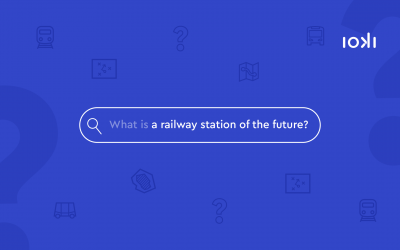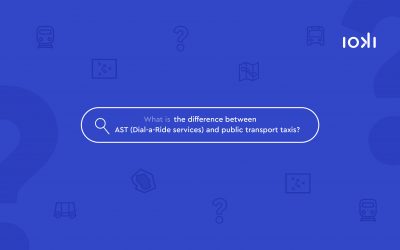According to Prof. Jutta Rump from the Institute for Employment and Employability in Ludwigshafen, the term employability refers to three levels: Employability is based on the employee’s technical expertise and skills (1); the term takes into account health factors and general well-being (2) as well as the aspect of motivation (3).
Employability measures of companies can thus be of different types and refer either to all three levels or to a specific one. Common to all is the overriding goal of establishing a long-term relationship between employee and employer through employee development that is profitable for both sides.
But what can successful employee development look like in concrete terms and, above all, what does it all have to do with mobility?
In addition to classic employee retention measures such as further training offers and financial incentives, companies that offer their employees real added value through creative and holistic concepts are particularly convincing these days. A possible starting point could be a topic with which every employee is confronted every day – for example the daily commute to work. Because very few people are lucky enough to live within walking distance of their employer. In cities and conurbations, this means overcrowded streets and traffic jams, in rural areas considerable waiting times due to poor public transport connections and a great burden on the environment: Because, after all, the private car, with its comfortable flexibility, is still the means of choice when it comes to getting to work.
Sustainable and demand-oriented mobility concepts can bring real added value in this context. The employee benefits in several ways: He is relieved of the daily traffic jam and delay stress, does something for his ecological footprint and may even save expensive fixed car costs due to alternatives. Employee benefits such as job tickets, e-bikes, mobility budgets and, last but not least, innovative on-demand mobility offers show that this approach is not absurd overall, but is already being thought of by many companies.



